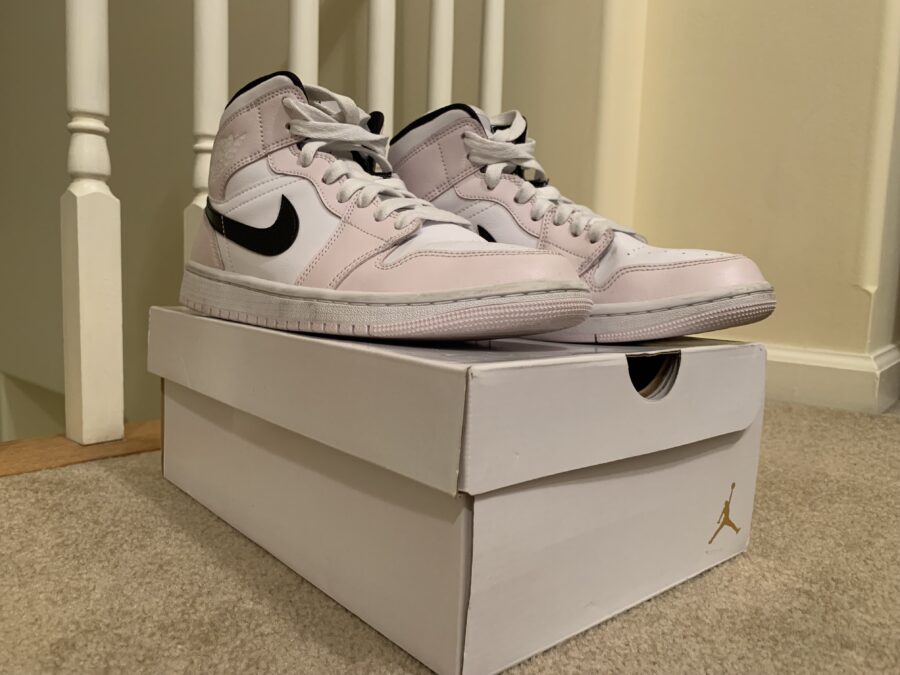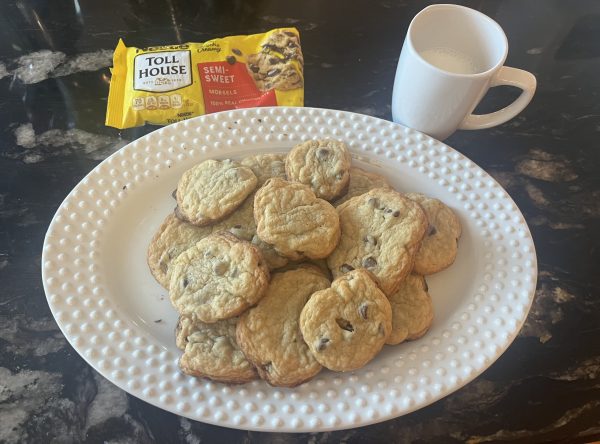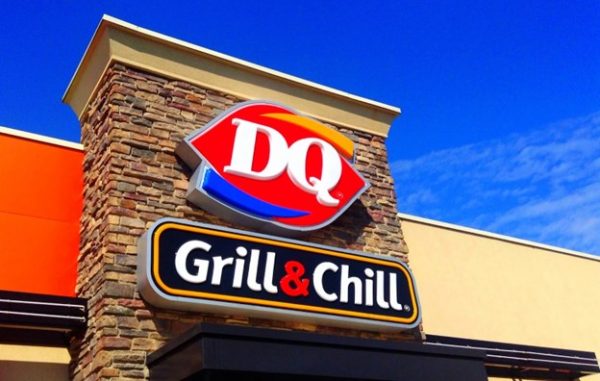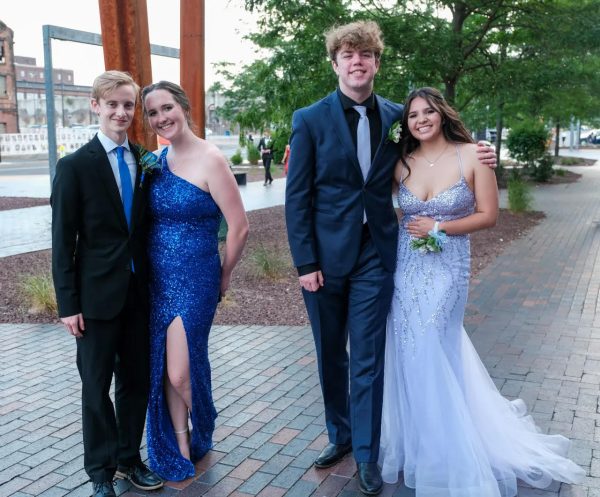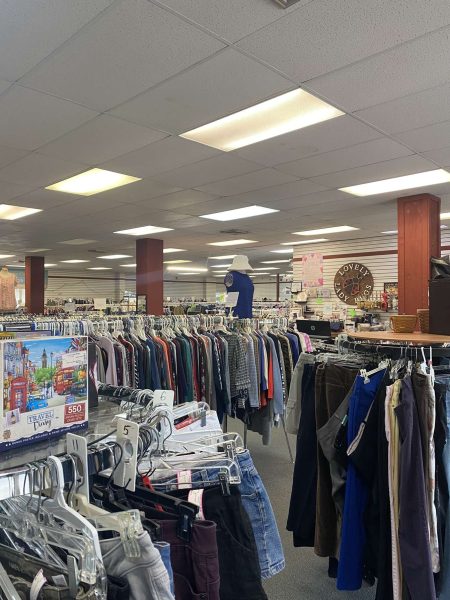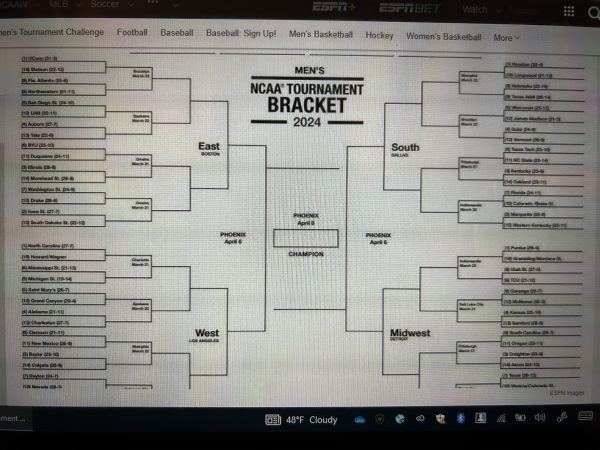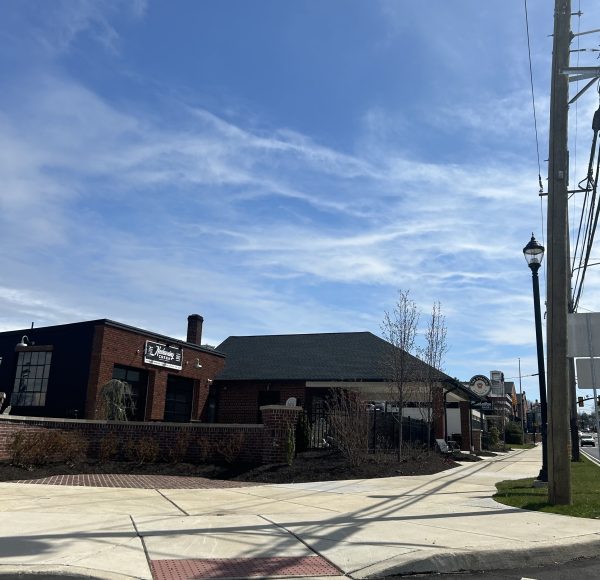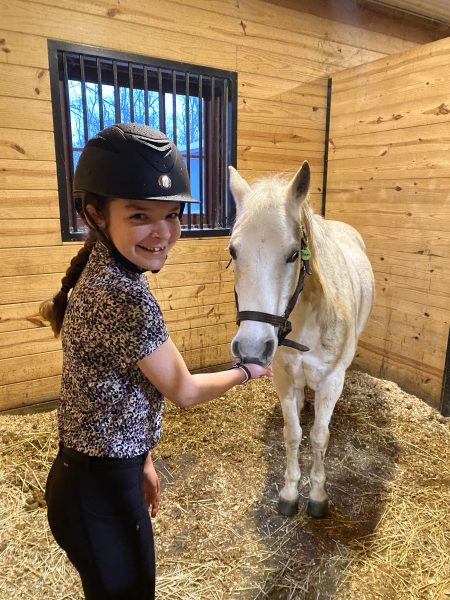The Birth of the Air Jordan Sneaker
Imagine being an incredibly impressive young athlete who is such a generational talent that every major sports brand will throw you a contract and make you their next big thing. For 21-year-old Michael Jordan, this was his reality. The three-year Tar Heel had left UNC early, declaring for the NBA draft in 1984, and every athletic shoe company wanted to be a part of Jordan’s rise to fame.
Before Jordan’s journey to the NBA, the most popular basketball shoe belonged to Converse. Athletes like Julius Erving, better known as Doctor J, took the court in Converse athletic sneakers, and the NBA itself primarily endorsed the brand. However, Jordan fully intended to sign a contract with Adidas. He enjoyed wearing their products and strongly believed that Adidas was the best sports brand. Jordan didn’t even have an interest in meeting with Nike, which was a struggling track shoe company at the time. Yet, an ambitious sports marketing icon whom Nike hired to recruit NBA draft candidates saw a rare opportunity.
Sonny Vaccaro was hired by Nike in 1977. At the time, he was best known for creating The Dapper Dan Roundball Classic. The event was the first national high school All-Star basketball game. Nike instructed Vaccaro to scout multiple college basketball players, among which the company would split their basketball division budget. The basketball guru had a unique feeling about Michael Jordan, though. He not only convinced Nike to go after the No. 1 male athlete in ACC history but controversially advised the company to offer Jordan the entire budget rather than split it among several players. David Falk, founder, and CEO of Falk Associates Management Enterprises, who was Jordan’s agent then, convinced Jordan’s parents to urge Michael to meet with Nike. While he didn’t like the idea, Jordan agreed to meet with the company and listen to their offer.
Having officially earned a meeting with Jordan, Vaccaro enlisted the minds of Peter Moore, a creative legend in the footwear industry, and business partner Rob Strasser to design a never-before-seen Jordan line sneaker to pitch to the future six-time NBA champion. Together, under the guidance of then-Nike President and CEO Phil Knight, Moore and Strasser drew up the first Air Jordan sneaker (the name “Air Jordan” was Falk’s idea, which he suggested since Nike sneakers had air in their soles). The original shoe consisted of a red toe, red mudguard, red eyestay, red overlay, red foxing, a white quarter, white cup sole, and of course, the black “swoosh” known as Nike’s trademark logo. The designers of the Air Jordan sneaker eventually developed the world-famous Jumpman logo, which has since been printed on every Jordan shoe and product. Nike was prepared to introduce the first-ever Air Jordan sneaker to the player himself.
Jordan, accompanied by Falk and his parents, traveled to the Nike headquarters in Oregon and reluctantly met with Vaccaro, Strasser, Knight, and other Nike executives. While Jordan had his heart set on signing with Adidas and did not expect the company to change his mind, the company offered the soon-to-be Bulls’ draft pick a remarkable deal that was unheard of for a rookie. Jordan’s father later advised his son that he would be a fool not to sign the contract. Shortly after the Oregon meeting, Michael Jordan became a Nike-endorsed athlete.
Jordan was the third overall pick in the 1984 NBA Draft and debuted the Bulls-red Air Jordan 1’s in his rookie season with Chicago. The NBA strived to uphold a strict policy, though. All players’ shoes were supposed to be white to reflect the colors of the teams’ jerseys. For each game he wore the Air Jordan 1’s, Jordan was fined $5,000. Nike was aware of this rule when designing the Jordan sneaker but assured the future five-time NBA MVP that the company would pay the fines.
Little did Nike know, except Vaccaro, that the Air Jordan sneaker would change the game of basketball and the footwear industry itself. Watching Jordan’s greatness on the court every night made fans everywhere want to buy their own Air Jordans. The field of fashion was transformed by the Jumpman logo and since the birth of the Air Jordan sneaker in 1984, at least 35 different Air Jordan model sneakers have been released as well as countless retros, collaborations, and colorways that are adored by sneakerheads all over the world.
18-year-old Ben Owen of South Carolina described how tedious the recreational buying-and-selling culture of the footwear industry can be. When asked how much profit he makes per sneaker, Owen replied, “It varies a lot, some you would lose money on as stock gets delivered making the resale price drop so bad…most I would’ve ever made was around 700, but I was literally a second late accepting a bid on StockX. You could expect to make probably 150 on every hyped-up release, though.” As a sneakerhead, Owen spends much time on StockX and other shoe bidding sites. Along with the variety in profit that comes with buying and selling sneakers, Owen also has quite a variety of Air Jordans. “I have two pairs of Jordan 11s. The ‘Win like 96’ and the ‘Emerald’ low pair. I also have two pairs of Jordan 4s, Motorsports, and Toro Bravo. I have one pair of Jordan 1s, the ‘Homage to Home.’”
Gannon Perlini, a Senior varsity basketball player at Pennridge High School, will be continuing his playing career at Cabrini University. Perlini will be repping Nike gear for his upcoming season strictly. “I have been into collecting shoes for a while. But, I have been more into wearing shoes for basketball. Since I am playing at a Nike-exclusive college I usually strictly buy Nikes.” Perlini can be constantly found walking around in Air Jordan shoes and sporting them on social media. “I have a 3-way tie of my favorite pair of Jordans,” said Perlini. “I love the 1s because you can wear them with anything. You can dress them up or dress them down. One thing that separates the 1s from every other shoe is that the 1s look better worn. Not every shoe is like that […] The 4s are just a classic, loved them before they got more hyped up […] They just are a great shoe to wear because they are super durable. And the 11s have just such an awesome silhouette ‘cause I honestly like playing in them even though I am more of a Kobe guy (to play in). The 11s just have so many simple but just unique colorways and they just are an eye catcher. But, I love playing in the 9s and 13s. I will definitely be wearing more than a few pairs next season… so stay tuned.”
Thanks to Sonny Vaccaro, the efforts of David Falk and Peter Moore, as well as the talents and willingness of Michael Jordan to have an open mind, the Air Jordan sneaker is a universally renowned shoe worn by fans across the world. Jordan also collects five percent of Nike’s revenue from the Jordan brand as part of a unique deal at the time in which the athlete collects a portion of the brand’s earnings. In 2022 alone, the brand raised more than $5 billion. Both parties benefit massively from the Jordan line, and all it took was one zealous sports marketing executive in the early ‘80s with an enterprising determination. Vaccaro believed in Michael Jordan with his whole career on the line and Jordan, and the Jordan brand did not let him down. “His story is gonna make us want to fly.” – Matt Damon as Sonny Vaccaro in the film Air (2023)
Sources:
https://www.marieclaire.com/fashion/a32555197/air-jordans-history/
https://www.algenesismaterials.com/peter-moore
https://people.com/sports/all-about-sonny-vaccaro/
Riley Chodoroff, Grade 12. Interests/hobbies include music, dancing, NHS, the International Cultures Club, traveling, watching basketball, and hanging...
